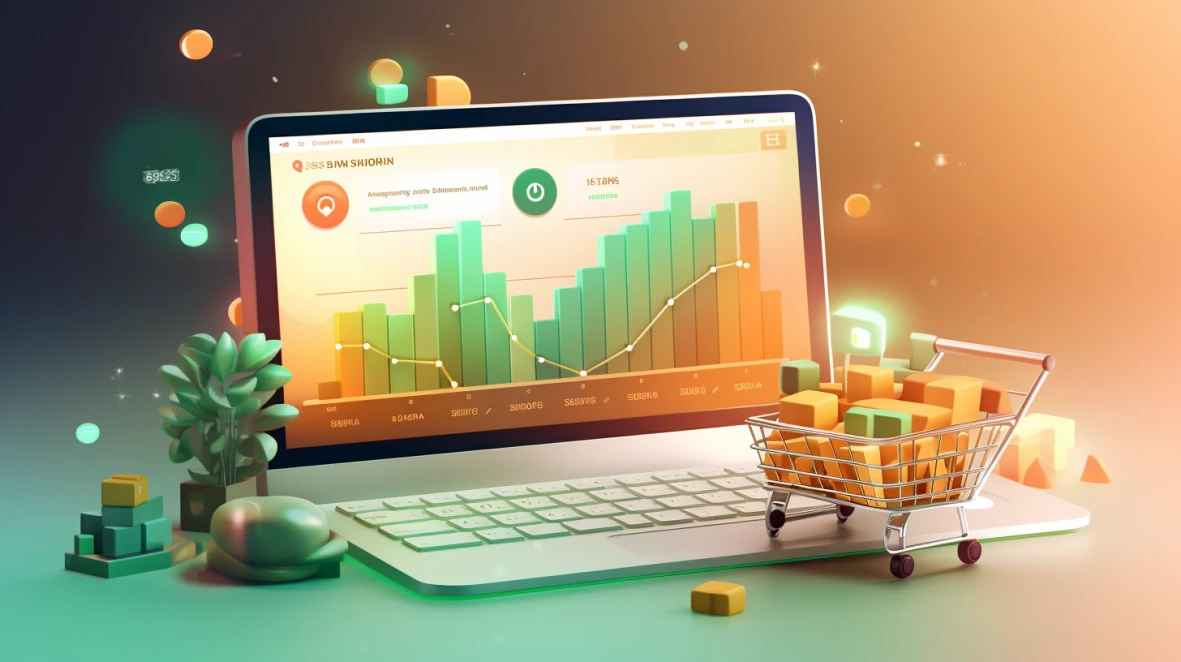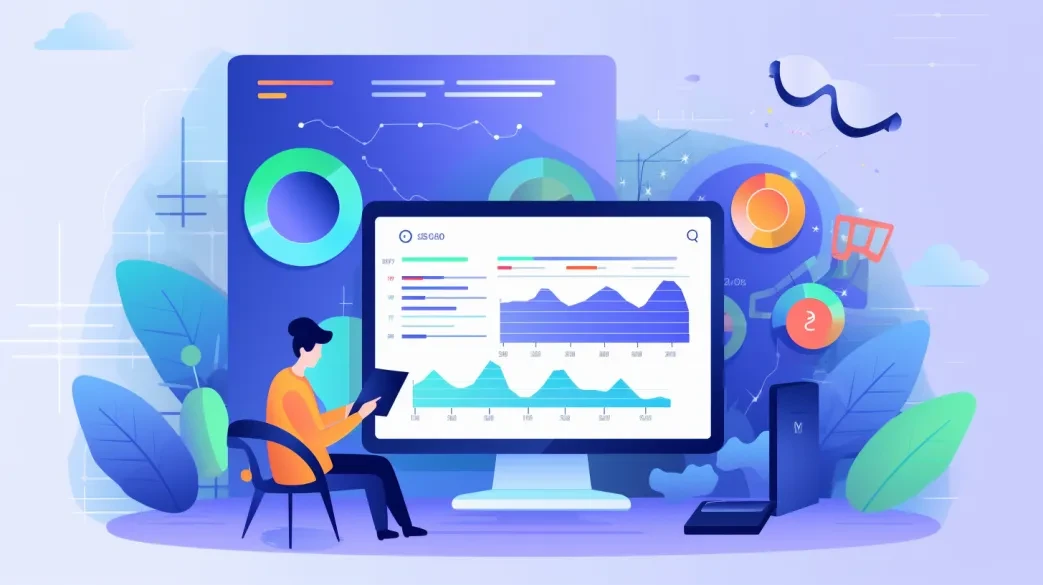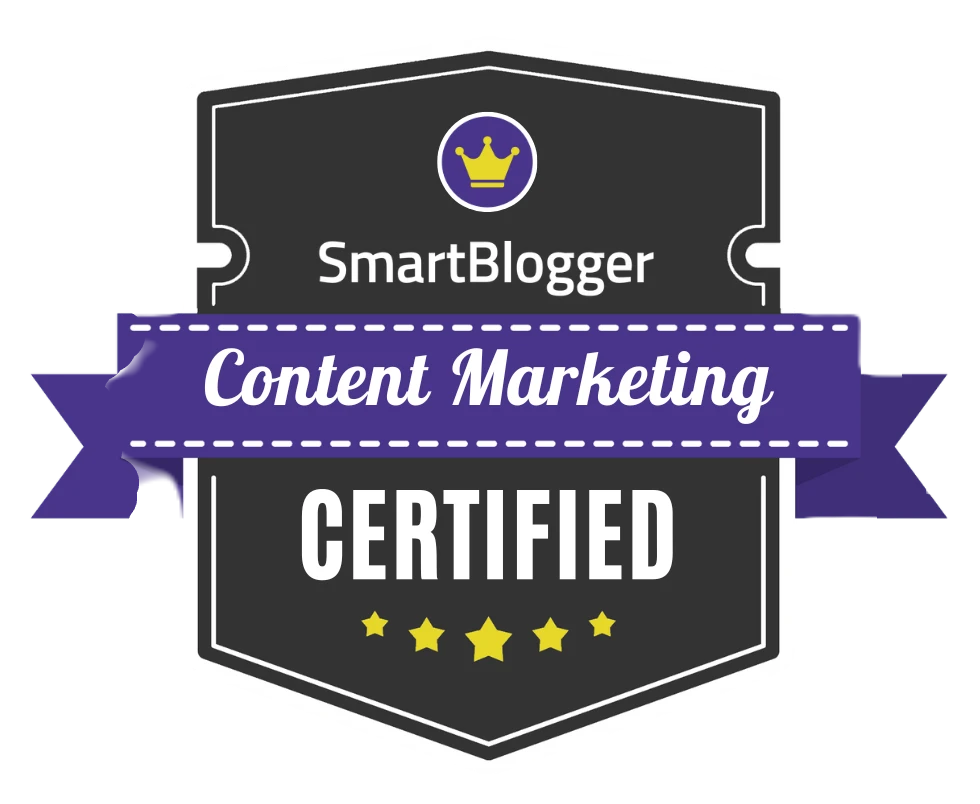2024's Essential Shopify SEO Tips: Rank Higher and Sell More
Are you on a quest to boost your Shopify store’s visibility in the vast ocean of the internet?
Well, you’ve anchored at the right spot! “Shopify SEO Tips” isn’t just a buzzword; it’s your golden ticket to climbing the search engine ladder and turning those casual browsers into loyal customers.
In this bustling digital marketplace, standing out is key, and that’s where SEO comes into play.
Imagine your store popping up first when customers search for products you offer.
Sounds like a dream, right?
But how do you get there? Fear not! We’re about to embark on a journey through the world of Shopify SEO, unravelling tips and tricks that aren’t just theories but actionable strategies.
From keyword magic to the secrets of link-building, we’ll cover it all. So, grab your virtual SEO toolkit, and let’s dive right in to transform your store from hidden gem to top-ranking superstar!
Table of Contents
Evolving with E-commerce: Master Shopify SEO in 2024
The Evolution of SEO for E-commerce
In the ever-changing world of e-commerce, staying ahead means adapting quickly. Think about it: just a few years ago, who’d have thought that voice search would be a thing? But here we are, optimising for Siri and Alexa.
Similarly, Shopify SEO has evolved. It’s no longer just about stuffing your page title with relevant keywords; it’s about understanding the nuances of search engine algorithms.
Google and other search engines have become smarter, focusing more on user experience than ever before.
Why Shopify SEO Matters
Imagine your online store as a physical shop in a huge mall. Without proper signage, how would people find you? That’s what SEO does for your Shopify store.
It’s not just about being visible in search results; it’s about being found by the right people. When you optimise your Shopify store, you’re essentially putting up a giant, flashy sign that says, “Hey, I have exactly what you’re looking for!”
Unlocking Shopify's Potential: Why SEO is Your Secret Weapon

Target Keyword Treasure Hunt: Discovering Words That Convert
Target keywords are like the secret sauce to your SEO strategy. They’re not just any words; they’re the phrases your ideal customers are typing into Google.
To find these, think like your customer. If you were looking for a Shopify product you offer, what would you search for? Tools like Ubersuggest or Semrush can be a goldmine for this.
Strategically Sprinkle Keywords: Crafting Content That Captivates
Once you’ve got your list of target keywords, it’s time to sprinkle them throughout your site. But beware of overdoing it. Google’s smarter than to fall for the old keyword stuffing trick. Your keywords should fit naturally into your product descriptions, blog posts, and page titles.
Streamlining Your Store: Navigating Shopify with Ease
Simplifying Navigation
Ever walked into a store and walked right out because you couldn’t find anything? That’s exactly how your visitors feel with a poorly structured website. A simple, intuitive navigation setup can work wonders for your user experience. Simple navigation makes it easier for both your customers and search engines to find what they’re looking for.
Crafting Clear Paths: Optimal URL Structure for Better Ranking
Your URL structure is like the roadmap of your online store. A clean, organised URL with clear keywords can make a huge difference in how search engines understand and rank your pages.
Think of your homepage as the main entrance and organise your product pages and categories logically from there.
To optimize your Shopify store effectively, pay attention to your URL structure and page hierarchy. A well-organised site with clear, keyword-rich URLs can significantly enhance your store’s SEO. It makes it easier for search engines to crawl and index your site, ensuring your products and content get the visibility they deserve.
Shopify Tech Magic: Mastering Technical SEO
Mobile First: Optimising Shopify for the On-the-Go Shopper
In a world where more people browse on their phones than computers, mobile optimisation isn’t just nice to have; it’s a must. A mobile-friendly Shopify store isn’t just about looking good on a small screen; it’s about loading fast and being easy to navigate on the go.
Speed Sells: Turbocharging Your Shopify Site
Speed is a big deal. A slow-loading site can drive visitors away faster than you can say “Shopify.” Image optimisation is key here.
Large, unoptimized images are one of the biggest culprits in slowing down sites. Compressing images without losing quality can significantly boost your site speed.
Another crucial aspect of speeding up your Shopify store is image optimization. Large, unoptimized images can significantly slow down your page loading times.
By compressing images and using the correct file formats, you ensure your visuals are stunning yet swift, enhancing both user experience and SEO.
Crafting Captivating Content: Blogging & Product Descriptions That Sell

Persuasive Product Stories: Writing Descriptions That Sell
Your product description is your sales pitch. It’s where you convince your visitors that your product is what they need. But it’s not just about persuasion; it’s about using the right keywords without making it sound like a robot wrote it.
A well-optimised product description uses relevant keywords naturally, making both Google and your customers happy.
Blogging for Business: Leveraging Content for SEO Success
Think of each blog post as a new opportunity to appear in search results. But it’s not just about churning out content. It’s about creating value. A blog post that solves a problem or answers a question is more likely to rank well.
And don’t forget to optimise your blog posts with relevant keywords, titles, and meta descriptions.
Backlink Mastery: Elevating Your Store with Social Credibility
Building Digital Bridges: The Art of Acquiring Quality Backlinks
Backlinks are like votes of confidence from other websites. But not all backlinks are created equal. A link from a reputable site in your niche is worth much more than a random link from an unrelated site.
Guest blogging, creating shareable content, and engaging with your industry community can help build these valuable links.
When building backlinks, it’s also important to use canonical tags appropriately. These tags tell search engines which version of a page is the ‘master’ version, preventing duplicate content issues.
Proper use of canonical tags is essential, especially if you have similar or identical content across multiple pages in your Shopify store. It ensures that all the link equity points to the right page, bolstering your SEO efforts.
Social Media Synergy: Amplifying SEO Through Social Engagement
Social media might not directly impact your search engine rankings, but it’s a powerful tool for driving organic traffic to your site. It’s also a great way to build brand awareness and create social proof, which indirectly boosts your SEO efforts.
Tool Time: Picking the Best Shopify SEO Apps for Your Store

Top SEO Apps for Shopify in 2024
The right tools can make your SEO efforts much more effective. Shopify’s app store is brimming with SEO tools that can help you with everything from keyword analysis to structured data. But remember, it’s not about having all the tools; it’s about having the right tools.
You can find a list of the best SEO apps for Shopify here.
In the arsenal of essential SEO tools, Google Search Console is a must-have. It’s not just about tracking your site’s performance in Google search results; it’s about gaining insights into how Google views your site. Integrating Google Search Console with your Shopify store can provide valuable data on search traffic, performance, and help you identify areas for improvement.
Smart Tool Tactics: Maximising Your SEO App Arsenal
Having a toolbox is one thing; knowing how to use the tools is another. Each app or tool comes with its strengths. Some might help you optimise your product pages better, while others might be more effective for link building or tracking your search engine rankings.
SEO Evolution: Mastering the Art of Adaptation and Growth
SEO Scorecard: Keeping Tabs on Your Shopify Success
What gets measured gets managed. Regularly checking your SEO performance lets you see what’s working and what’s not. Tools like Google Analytics can provide invaluable insights into your organic traffic, page performance, and user behaviour.
Staying Agile: Adapting Your SEO Strategy to Market Changes
SEO isn’t a set-it-and-forget-it kind of deal. It’s a constantly evolving landscape. Staying updated with the latest trends and algorithm updates is crucial. Sometimes, a small tweak in response to a Google update can make a big difference in your search engine rankings.
Local SEO: Your Shopify Store's Neighbourhood Superhero
Think of local SEO as your secret weapon in the local market. For physical storefronts, it’s like having a neon sign that guides foot traffic straight to your door. It’s not just about being online; it’s about being visible where it counts.
Local SEO makes sure that when someone in your area searches for what you offer, your store pops up like a friendly neighbour waving hello.
Local SEO Tactics: Making Your Store the Talk of the Town
Start by claiming your Google My Business listing. It’s like planting your flag on a digital map. Then, sprinkle local keywords throughout your site – think city names and local landmarks.
Encourage local reviews too; they’re like word-of-mouth in the digital age. Remember, local SEO is about connecting with your community, both online and off.
Voice Search: Adapting to the New SEO Frontier
The Future is Now, and It’s Talking Back
Voice search isn’t just coming; it’s here, changing the game. You should make your store speak the language of future voice searches, called “superificial intelligence” (AI). This is called “voice search.” It’s about being ready when someone says, “Hey, where can I find the best [your product] near me?”
Chatting Up Your Shopify Store for Voice Search
Optimise for conversational keywords and questions. Think about how people talk, not just type. Use natural, long-tail keywords – the kind of things people would say to their smart speakers. Make your content answer the questions your customers are asking out loud.
Analytics Unleashed: Gaining Deeper Insights

Analytics: Your Crystal Ball into the Store’s Future
Advanced analytics are like a crystal ball, giving you insights into what your customers love, hate, and wish for. It’s about diving deep into data to understand the story behind the numbers. This isn’t just about counting visitors; it’s about understanding their journey and what makes them click, stay, or leave.
Data-Driven SEO: Fine-Tuning Your Strategy for Success
Use analytics to refine your SEO strategy. Identify which pages are performing and why. Look at customer behaviour to understand what they’re searching for and how they navigate your store. It’s like being a detective, where every clue leads you closer to the perfect SEO strategy.
Sustainable SEO: Building for Longevity
Planting Seeds for Future Growth
Sustainable SEO is about playing the long game. It’s not just quick fixes; it’s about building a foundation that withstands algorithm changes and market shifts. Focus on quality content, ethical link-building, and a user-first approach. Think of it as building a house; you want a structure that lasts, not a cardboard box that crumbles.
Ethical SEO: Avoiding the Pitfalls
Black-hat techniques are the dark alleys of SEO. Sure, they might look like shortcuts, but they lead to dead ends. Stick to white-hat SEO practices. It’s about integrity, playing by the rules, and building a brand that stands tall and proud in the face of Google’s ever-evolving landscape.
SEO and CRO: A Winning Combination
SEO gets customers to your door; CRO (conversion rate optimisation) invites them in and offers a cup of coffee. They work together. While SEO increases your visibility, CRO makes sure that once visitors land on your page, they’re compelled to act. It’s about creating an experience that doesn’t just attract but also converts.
Shopify CRO Best Practices: Turning Browsers into Buyers
Optimise your checkout process, making it as smooth as silk. Use high-quality images and compelling product descriptions. Run A/B tests to see what layout, colours, and call-to-actions resonate with your audience. Remember, CRO is about understanding and catering to the human behind the screen.
UX and SEO: Creating Seamless Online Experiences
UX: The Heartbeat of Your Shopify Store
Great UX is like a warm, welcoming store where everything is easy to find, and the ambiance makes you want to stay. Google loves sites that users love, so focusing on UX is like serenading Google’s algorithms. It’s about creating a seamless, enjoyable experience that keeps users coming back for more.
Elevating Your Shopify UX: A Symphony of Simplicity and Style
Keep your design clean and your navigation intuitive. Make sure your site is accessible and inclusive. Use high-quality images but keep your site speedy. It’s about striking that perfect balance between beauty and functionality, making your Shopify store a place where customers love to hang out.
Beyond the Website: SEO in the Multichannel Era
Multichannel SEO: Expanding Your Digital Footprint
SEO isn’t just about your website; it’s about your presence across the web. Integrate your SEO strategy with social media, email marketing, and other digital platforms. It’s like throwing a wider net to catch more fish, making sure you’re where your customers are, both on and off your site.
Synergizing Channels: Unified SEO Strategies
Make sure your brand message and SEO efforts are consistent across all platforms. Use social media to boost your SEO, and SEO to inform your social media strategy. It’s about creating a cohesive digital presence that resonates with your audience, no matter where they find you.
Onward to E-commerce Excellence

You’ve been on this journey, juggling the hats of an e-commerce business owner or manager, and let’s be real, it’s no walk in the park. There are days when the Google algorithm feels like a riddle wrapped in a mystery, right?
You’re thinking, “How do I make my Shopify store stand out when there’s a sea of competition out there?” We get it. It’s tough, but guess what? You’ve got this.
Remember, every tip and strategy in this article is a step towards your success. You’re not just optimising a website; you’re crafting a digital experience that resonates with your audience.
You’re not just tweaking keywords; you’re speaking the language of your customers. This isn’t just about climbing search results; it’s about building a brand that stands the test of time.
So, take a deep breath and look at how far you’ve come. You’re armed with the know-how to optimise your Shopify store, from crafting magnetic product descriptions to mastering the art of link building. You’re ready to harness the power of SEO to drive organic traffic that doesn’t just visit but converts.
Imagine how great it’d feel when your store’s search ranking went up, people started talking about your products, and your brand became well-known. That’s not just a dream; it’s your future, and it’s bright.
You’re not just running an online store; you’re creating a legacy. Every tweak, every optimised image, every well-placed keyword is a brick in the empire you’re building. And sure, the road might be bumpy, but the view from the top? Spectacular.
So, stand tall, e-commerce warriors. With these Shopify SEO tips in your arsenal, you’re not just chasing success; you’re catching it. Now go out there and show the digital world what you’re made of. The stage is yours, and it’s your time to shine!
Shopify SEO Tips - Your Questions Answered
How do I optimise SEO on Shopify?
Start by researching target keywords and sprinkle them across your product descriptions, blog posts, and page titles. Make sure your site structure is intuitive, with a focus on mobile optimisation and fast loading times. Don’t forget to use high-quality images with alt text and leverage Shopify SEO apps for an extra edge.
Is SEO difficult in Shopify?
While SEO on Shopify has its complexities, it’s far from impossible. With a strategic approach and a focus on key elements like keywords, site structure, and quality content, you can master Shopify SEO. It’s about patience, persistence, and learning the ropes.
How do I rank high on Shopify?
To rank high, focus on keyword-rich product titles and descriptions, a user-friendly site structure, and quality backlinks. Regularly update your content and make sure your site is mobile-friendly and fast-loading. Engaging, valuable content is also key.
Do Shopify tags improve SEO?
Yes, Shopify tags can help improve SEO. They aid in organising your content, making it more discoverable and indexable by search engines. Use relevant tags for products and blog posts to enhance your store’s organisation and searchability.
Does Shopify automatically do SEO?
Shopify offers some automatic SEO features like generating standard meta tags and pages with clean, crawlable code. However, for optimal results, manual optimisation is necessary. This includes customising titles, meta descriptions, and using SEO-friendly themes.
How important is SEO for my Shopify store?
SEO is crucial for your Shopify store. It increases visibility, drives organic traffic, and enhances user experience, leading to higher sales and brand credibility. Without SEO, your store might remain hidden in the vast digital marketplace.
Which SEO is better, WordPress or Shopify?
Both platforms have strong SEO capabilities, but WordPress offers more flexibility with extensive SEO plugins. Shopify, however, provides a more user-friendly interface with built-in SEO tools. The choice depends on your specific needs and technical expertise.
Is Shopify or Wix better for SEO?
Shopify generally edges out Wix in SEO for e-commerce due to its specialised features and tools designed for online stores. Wix is more versatile, but Shopify’s focused e-commerce tools make it a stronger contender for online store optimisation.
Is SEO worth it for eCommerce?
Absolutely! SEO is vital for e-commerce success. It drives organic traffic, enhances user experience, and increases conversions. In the competitive online marketplace, SEO isn’t just beneficial; it’s essential.
How do I get my Shopify noticed?
Optimise your store with SEO best practices, engage in social media marketing, and create valuable content. Use email marketing, influencer collaborations, and consider paid ads for additional visibility. Consistency and quality are key.
How do I make my Shopify searchable?
Use relevant keywords in your product titles, descriptions, and blog posts. Make sure your website structure is clear and user-friendly. Regularly update your content and use Shopify’s built-in SEO tools to enhance your store’s searchability.
How do I get popular on Shopify?
To gain popularity, focus on SEO, create engaging and original content, and leverage social media platforms. Offer excellent customer service, run promotions, and gather customer reviews. Stay consistent and always look for ways to innovate.
Does Google read Shopify tags?
Yes, Google can read Shopify tags, which helps in categorising and understanding the content of your store. Properly used tags can aid in better indexing and relevance in search results.
Where do I put keywords for SEO?
Place keywords in your page titles, product descriptions, meta descriptions, blog posts, and image alt texts. Make sure they appear naturally and contextually to avoid overstuffing.
Does updating Shopify theme affect SEO?
Updating your theme can affect SEO, especially if the new theme has different structures or lacks previous SEO customizations. Always backup SEO data and review the new theme’s SEO features before updating.
How do I improve my Google search ranking on Shopify?
Improve your ranking by optimising your site for speed, mobile use, and user experience. Use relevant keywords, acquire quality backlinks, and regularly update your content. Use Shopify’s SEO tools and apps for targeted improvements.
Can I use Google Optimise with Shopify?
You could integrate Google Optimize with Shopify until Google stopped supporting this tool. It allowed you to do A/B testing, personalise web experiences, and improve conversion rates, complementing your SEO efforts. Alternatively, you can use tools like Optimizely.
How do I optimise my SEO?
Optimise your SEO by conducting thorough keyword research, creating high-quality, relevant content, and making sure your website is mobile-friendly and fast-loading. Regularly update your content and engage in ethical link-building practices.
How do I optimise content for SEO?
To optimise content, focus on using relevant keywords, naturally, creating valuable and engaging content, and making sure it’s well-structured with clear headings. Include internal and external links and optimise images with descriptive alt text.




![How Good Is Shopify Seo? Boost Your Traffic And Sales [2024] digital marketing expert working on their Shopify website](https://digi-business.co.uk/wp-content/uploads/2023/11/digital-marketing-expert-working-on-their-Shopify-website.webp)





2 responses